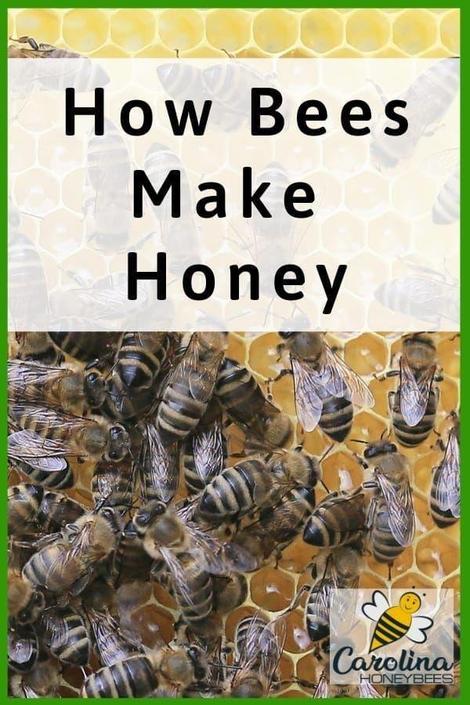English
Today, I would like you to write up your explanation texts all about how bees make honey. Using a clean page in your books or you can write on a separate piece of paper (preferably lined), you have to write your text in black or blue ink.
Your explanation text will be added into your Big Write books in school.
I want you to spend time writing neatly in your best handwriting and ensuring that you write each word carefully using the correct spellings. If you make a mistake, cross out with one straight line and write the correction next to it.
Your text needs to start with an introduction, then in chronological order go through the steps of how bees make honey until the end of the process. I have included a WAGOLL (What A Good One Looks Like) as an example. The different colours used, shows you the different words and phrases I have used that meets the success criteria. Your work should be written in one colour only.
Get your grown ups or siblings to check your work once you have finished. Be prepared with it when you come back to school.
WAGOLL
How Bees Make Honey
Have you ever wondered how honey bees make the delicious, thick honey that humans eat daily? This explanation text will guide you through the fascinating, surprising process of honey making.
Did you know that it takes the lives of eight bees just to make one teaspoon of honey? Read on to find out exactly how these resourceful insects turn simple nectar into the sweet, golden liquid we all enjoy eating.
Firstly, when the bee lands on an attractive flower, it sucks up the sticky, transparent nectar with its long tongue. Next, the nectar travels down into the bee’s crop stomach. This is the insect’s second stomach where it stores nectar. Inside the crop stomach are enzymes that break down the nectar into honey. As a result, the liquid inside starts to change colour. A bee needs to visit nearly one thousand flowers to fill its stomach.
After the worker bee returns to the hive, it regurgitates the honey into the mouth of another bee. As this happens, the enzymes start to break the honey down in the crop stomach of the second bee. After half an hour, the insect stops chewing the liquid and carefully passes it on to another bee. This process is repeated several times.
Later, once the bees have repeated the regurgitation process several times, they spit the honey mixture into a honeycomb cell. Each of the cells is made of yellow, thick wax and is shaped like a hexagon. At this stage, the honey is still too watery.
After that, these industrious creatures gather together and rapidly flap and fan their delicate wings. Consequently, the air in the hive warms up. As a result, the water in the honey begins to evaporate away from the cells and the liquid becomes much thicker.
Finally, the honeycomb cell is sealed off with a wax cap, because the honey inside needs to be protected. This is the last stage in a fascinating process. The golden, delicious honey will now feed both these incredible creatures and humans too.
|
Success Criteria
|

